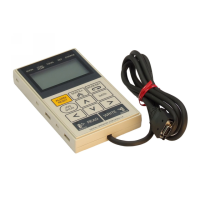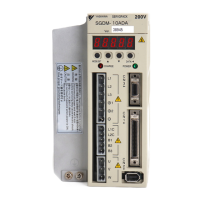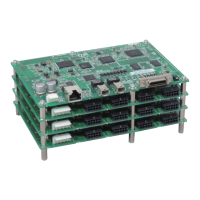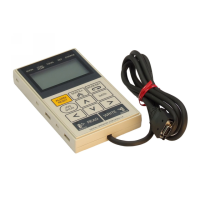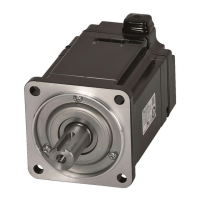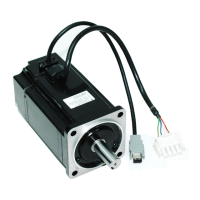8.9 Anti-Resonance Control Adjustment
8.9.5 Related Parameters
8-52
6.
When the adjustment has been completed, click the Finish Button.
The values that were changed will be saved in the SERVOPACK and you will return to the Tuning Dia-
log Box.
This concludes the procedure to set up anti-resonance control.
8.9.5
Related Parameters
The following parameters are automatically adjusted or used as reference when you execute
anti-resonance control adjustment.
Do not change the settings while anti-resonance control adjustment is being executed.
Yes: The parameter is automatically set.
No: The parameter is not automatically set, but the setting is read during execution.
8.9.6
Suppressing Different Vibration Frequencies with
Anti-resonance Control
When you use anti-resonance control and increase the control gain, for some mechanism,
vibration can occur at a higher frequency than the frequency for which vibration was sup-
pressed. If this occurs, you can suppress vibration for more than one frequency by adjusting
Pn166 (Anti-Resonance Damping Gain 2).
Parameter Name Automatic Changes
Pn160 Anti-Resonance Control-Related Selections Yes
Pn161 Anti-Resonance Frequency Yes
Pn162 Anti-Resonance Gain Correction No
Pn163 Anti-Resonance Damping Gain Yes
Pn164 Anti-Resonance Filter Time Constant 1 Correction No
Pn165 Anti-Resonance Filter Time Constant 2 Correction No
Guidelines for Vibration That Can Be Suppressed
Anti-resonance frequency (Pn161): fa [Hz], Another vibration frequency that occurs when the
control gain is increased: fb [Hz]
• Vibration frequencies: 100 Hz to 1,000 Hz
• Range of different vibration frequencies: 1 < (fb/fa) ≤ 3 to 4
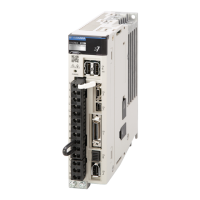
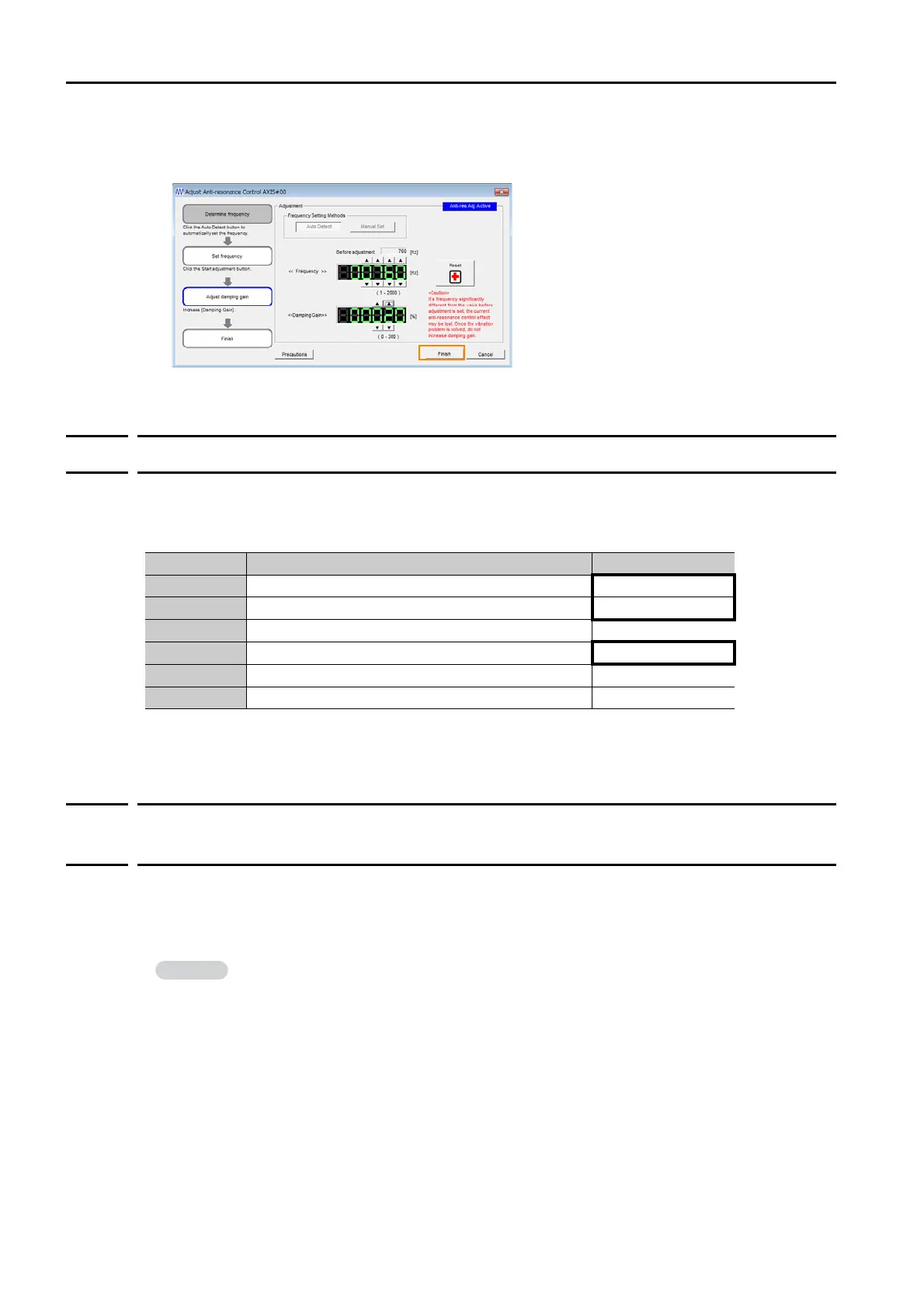